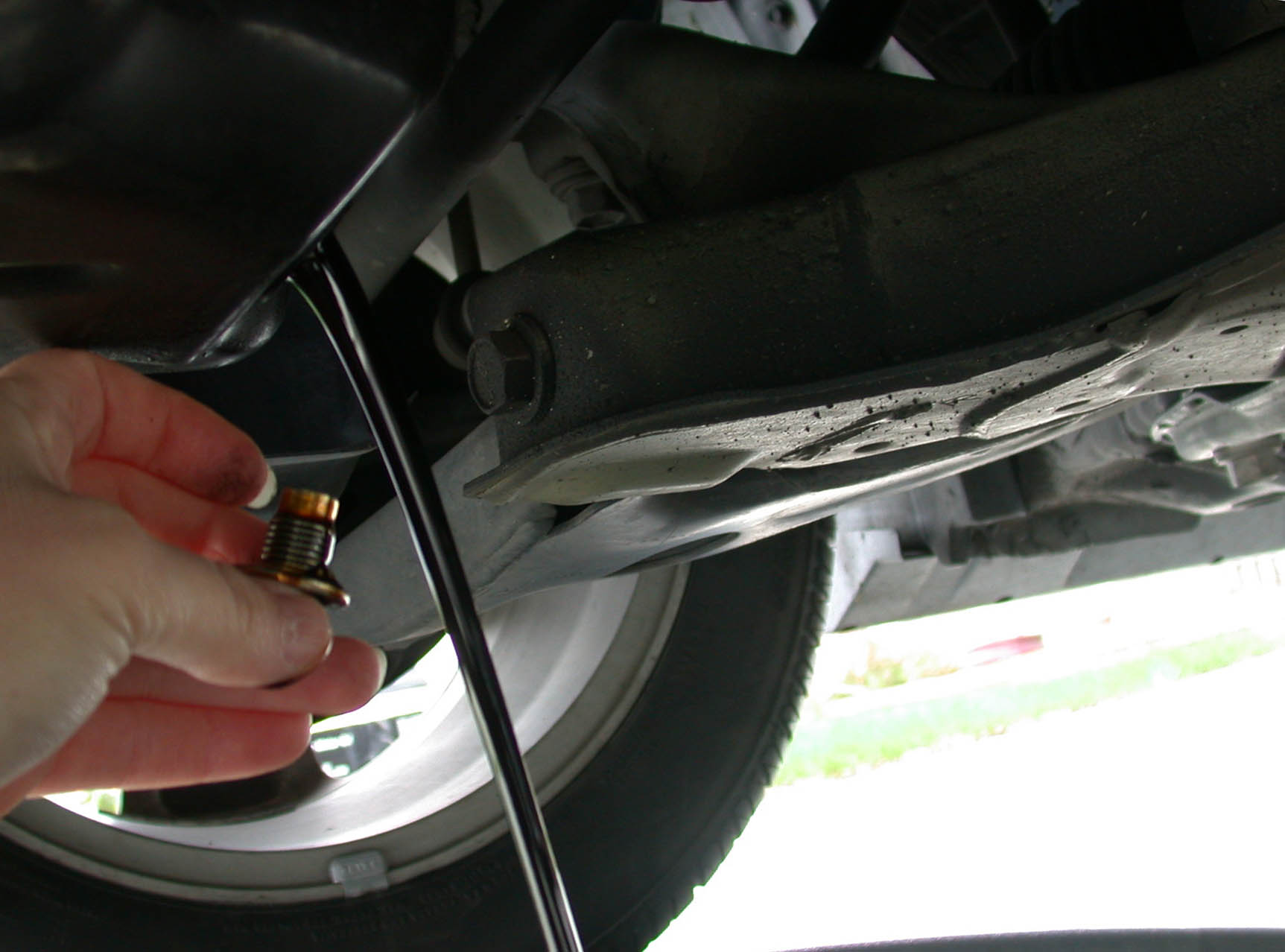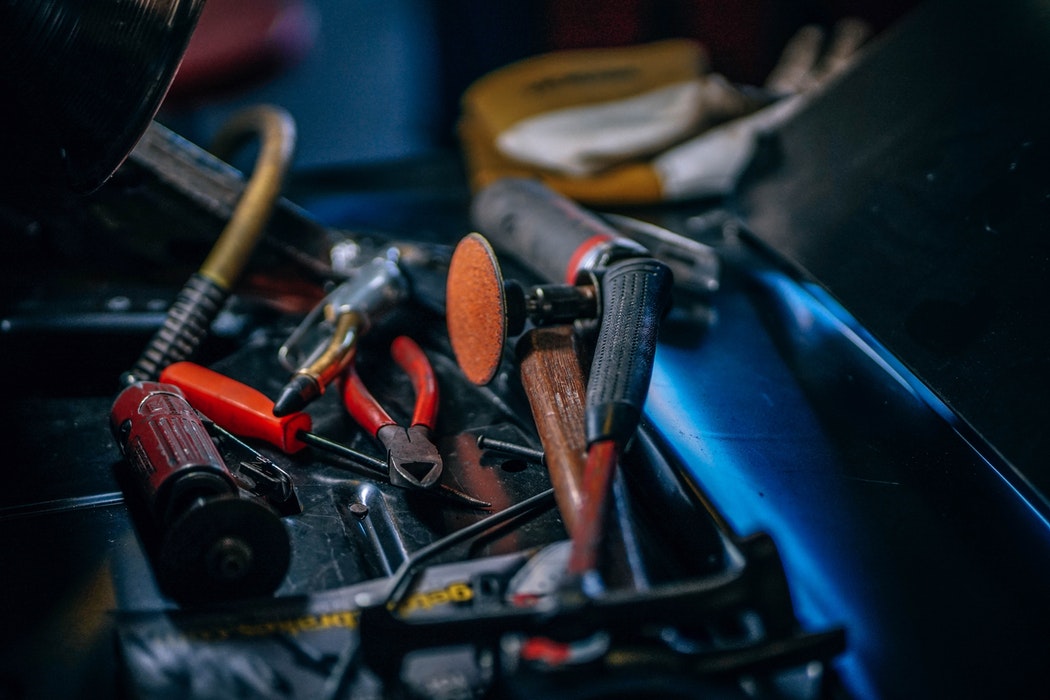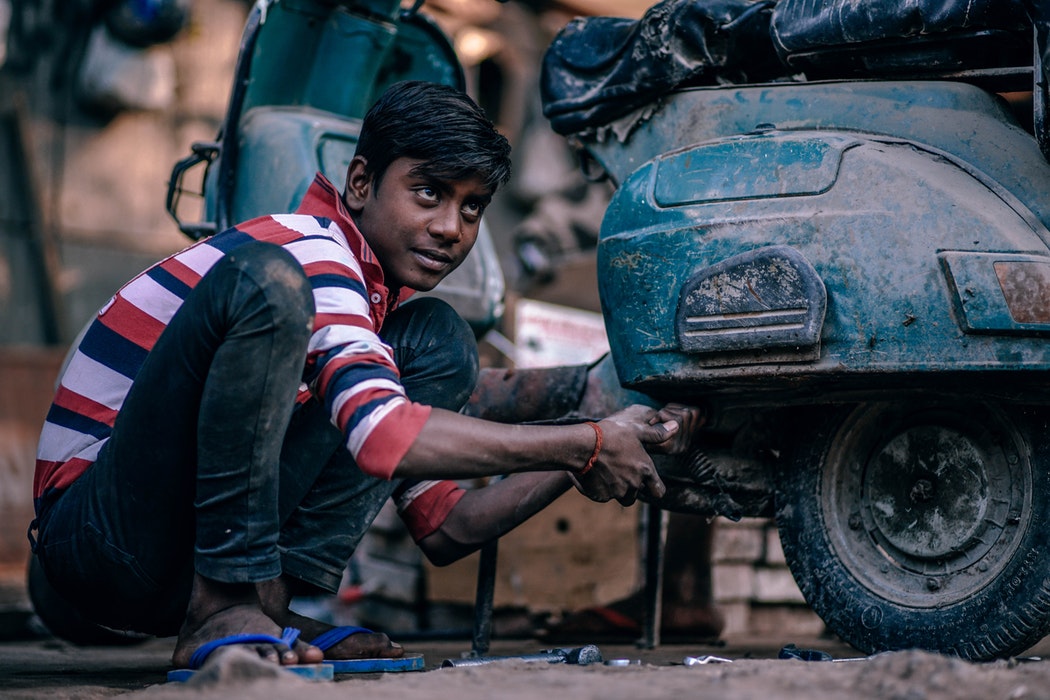How to Change Car Oil
By
Posted on Jan 26, 2019

If you want to save some money for an oil change rather than blowing a couple of bucks at the mechanic’s; then you’re in right place. We got the right Do-it-yourself oil-changing procedure so you can save money while still being satisfied with the result.
Time Allotment Required for DIY Oil Change: Approximately 1 hour

Required Tools:
- Wrench
- Oil filter wrench
- Oil drain pan
- Funnel
- Latex gloves
- Jack/jack stands or maybe ramps (may not be necessary depending on ground clearance)
Other Required Tools:
- Oil
- Oil Filter
- Drain plug washer (As a replacement, depends on application)
Before tinkering away with your engine, make sure you have the right type of oil that will be compatible with your ride. It’s also a good tip to make sure you have it in the amount that you need to avoid putting off the whole procedure for another time. To get this vital information correct, check your vehicle’s manual and confirm the information you need. A car-enthusiastic friend’s advice may be tempting to follow since you won’t have to do any reading, and you can just go straight ahead to the auto shop and get the things you need. However, you may be forgetting the delicacy of this procedure and that pouring in non-compatible oil to your engine or an insufficient amount can be severely damaging to the delicate parts inside it.

How to Do it:
Once you got everything ready, get to your car and use a jack to get good ground clearance if you find it necessary. The best time to make this decision is right before you start the procedure. Unless you’re ok with the inconvenience of getting back up and setting up the jack when you need it then that’s fine too.
- Locate the drain plug and the oil filter. Most cars ever built have a particular bottom-mount filter that can be easily screwed on. Once gaining access to the inside, one need to completely finish re-plugging and draining before getting to work on the filter.
- Drain out the oil. Take the filler cap off and put on some gloves to keep your hands clean. Use the wrench to remove the drain plug and slowly remove it. Keep away from the direction where oil may squirt if you want to stay clean. Place the drain pan at an angle from the drain plug since the oil is most likely to not ooze out in a straight line.
- While the oil is draining, use this time to clean and inspect the oil drain plug. If necessary, your new drain plug washer would go here as a replacement.
- You can now start tightening the drain plug. A good technique to apply here is using the box end of the combination wrench. Use this to tighten the plug as hard as you can. It’s advisable to refrain from using hammers or pipes to do this.
- Change the oil filter and tighten it before putting in the new oil. When putting in the oil, make it less than the recommended amount by one quart. You can now put the oil cap on and start the car.

